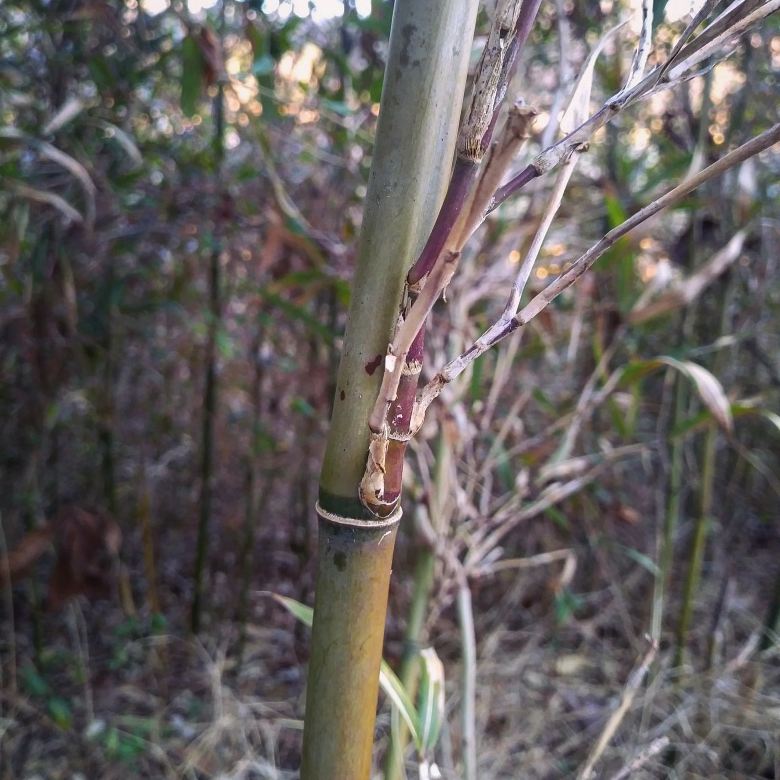"Many tribes also had a tradition of decorating their dwellings with redbud wreaths and twigs, to help “drive out the spirit of winter” and bring on planting time."
Read more#WildEdibleWednesday 2/21 - Yucca
"Yucca has several survival and bushcraft uses, and they’re all really, really cool. Three particular ones stand out, however."
Read more#WildEdibleWednesday 2/7 - River Cane
"Where river cane really shines is in bushcrafting. The uses of river cane for projects big and small is limited only by your imagination. While not big enough to make cups, bowls, spar poles, and improvised iPhone speakers (if you know, you know) like bamboo, river cane is still a highly useful resource."
Read more#WildEdibleWednesday 1/31 - Creeping Cedar
"The first fossil records we have of this species are from the Carboniferous period, about 400 million years ago. Remains of this exact plant are being burned as coal this very day."
Read more#WildEdibleWednesday 11/29 - Hickory
"Tall, tough, and stout, hickories are among the most useful and desirable trees in the forest. Like oaks, there are a lot of different species of hickories, but also like oaks, it doesn’t really matter that much."
Read more#WildEdibleWednesday 10/11 - Goldenrod
"Goldenrod gets a bad rap for causing fall allergies, and it’s not surprising why… the bright yellow flower heads look like pure pollen. However, it’s really a case of mistaken identity..."
Read more#WildEdibleWednesday 9/27 - Eastern Blazing Star
"There are not many prettier sights in the South than walking through an open field while hunting or gathering and seeing these tall, showy flower stalks shooting out of the broomsedge like purple fireworks."
Read more






